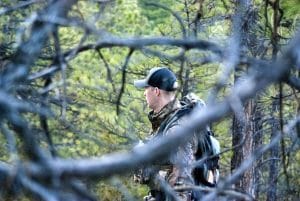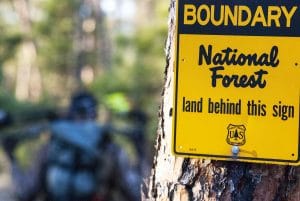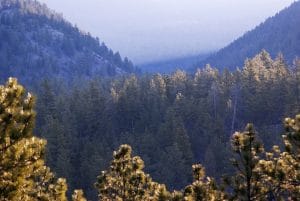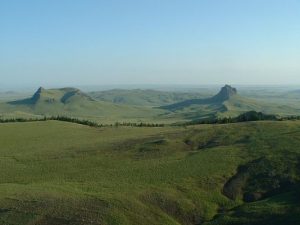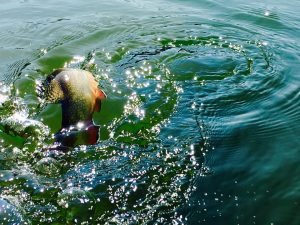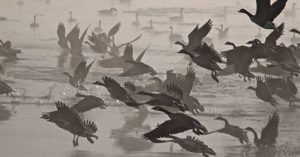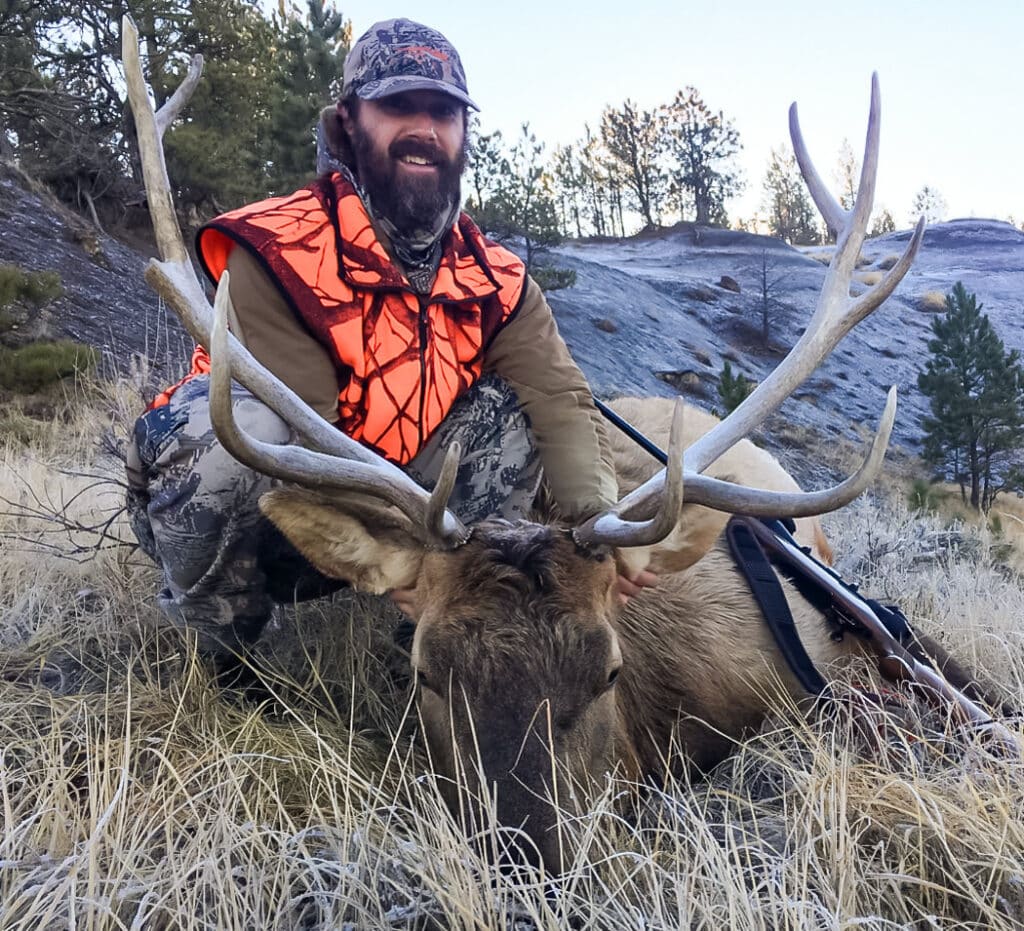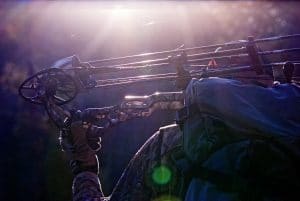
Hunting isn’t just about killing or meat in the freezer. It is a complexity of elements that are a part of us as much as breathing is.
_______________________________________________________________________
As the gray light of the morning trades places with the dark, I close my eyes and let my auditory senses heighten. It’s amazing what one can hear when all the distractions of modernity get left behind. I let out a few yips and a mournful howl doing my best impersonation of a coyote. Against all common sense, a gobble thunders through the holler.
The gobble ripples over the hills and disappears into the gray dawn as quickly as it came. There’s a mad scramble as gear is throw in packs and we make last-minute adjustments before striking out into the woods.
This wild landscape is not here by accident, nor can we expect it to stay by accident.
For many of us who wander through the woods, we find ourselves pondering on the complexity of nature, the innate beauty of the lands and of the wildlife, or the meaning of life itself. Our surroundings and experiences may cause us to contemplate and wrestle with a range of emotions as the impressiveness of public lands wash over us.
We take public lands for granted.
We hike, hunt, harvest, bike, boat, create, watch, wander, live, and grow on this land we call our own without a thought for how it came to be and what we, the owner must do to keep it.
In 2018, the Helena-Lewis and Clark National Forest (HLCNF) will undergo a revision of its forest management plan. The plan will determine the future management of the Rocky Mountain Front and the Big Belt, Little Belt, and Snowy Ranges.
These public lands provide numerous recreation opportunities and are home to numerous species of flora and fauna. Iconic rivers flow through the HLCNF. The HLCNF is truly one of the great treasures of the West.
One priority for Montana hunters and anglers in the plan revision is the protection of large, unfragmented blocks of public land that provide security habitat for wintering elk and deer. These areas are especially important in light of recent efforts by Senator Steve Daines and Representative Greg Gianforte to strip protections from Montana’s Wilderness Study Areas, in particular, the Big Snowies and Middle Fork of the Judith in the HLCNF.
To remove protections for these landscapes would threaten vital security habitat. Now, more than ever, Montanans need to stand up for their public lands and wildlife and protect the HLCNF for future generations have quality and diverse public lands.
